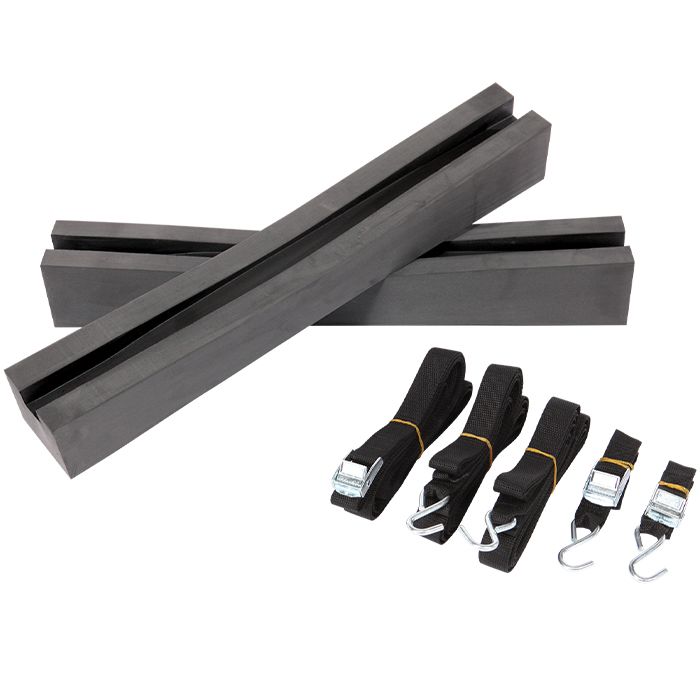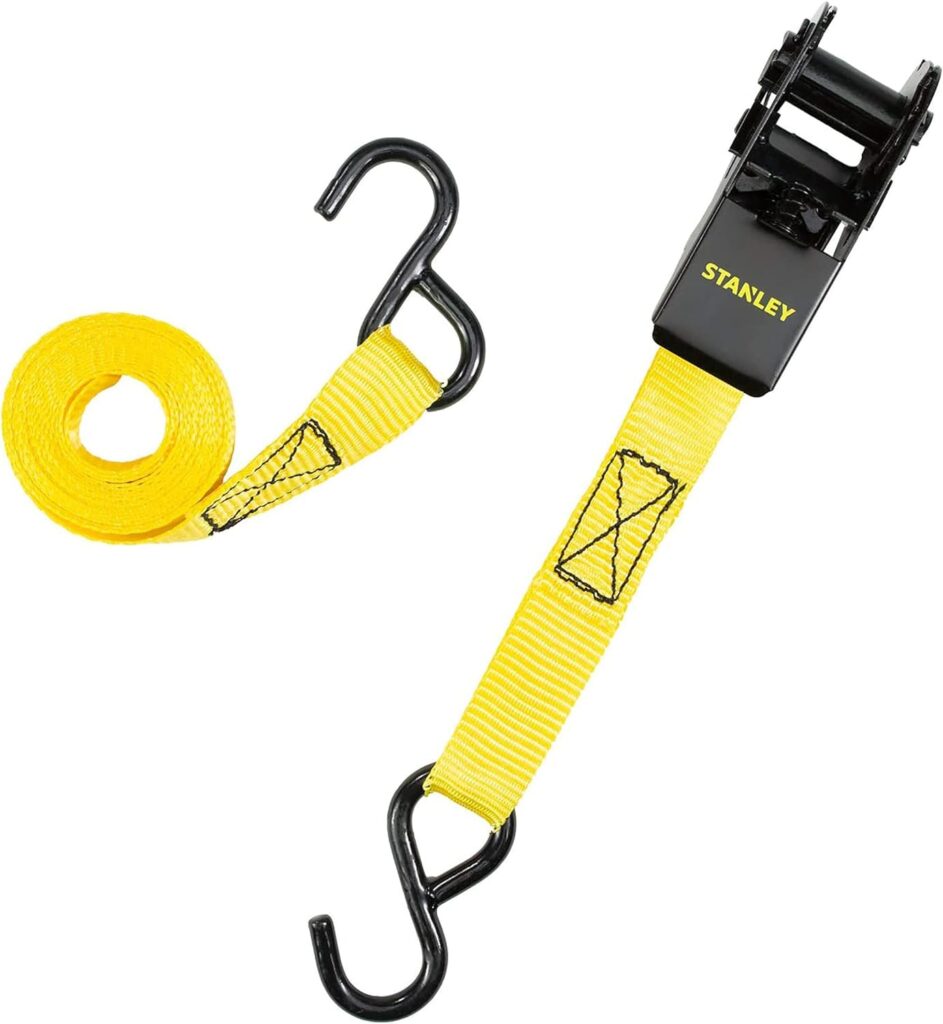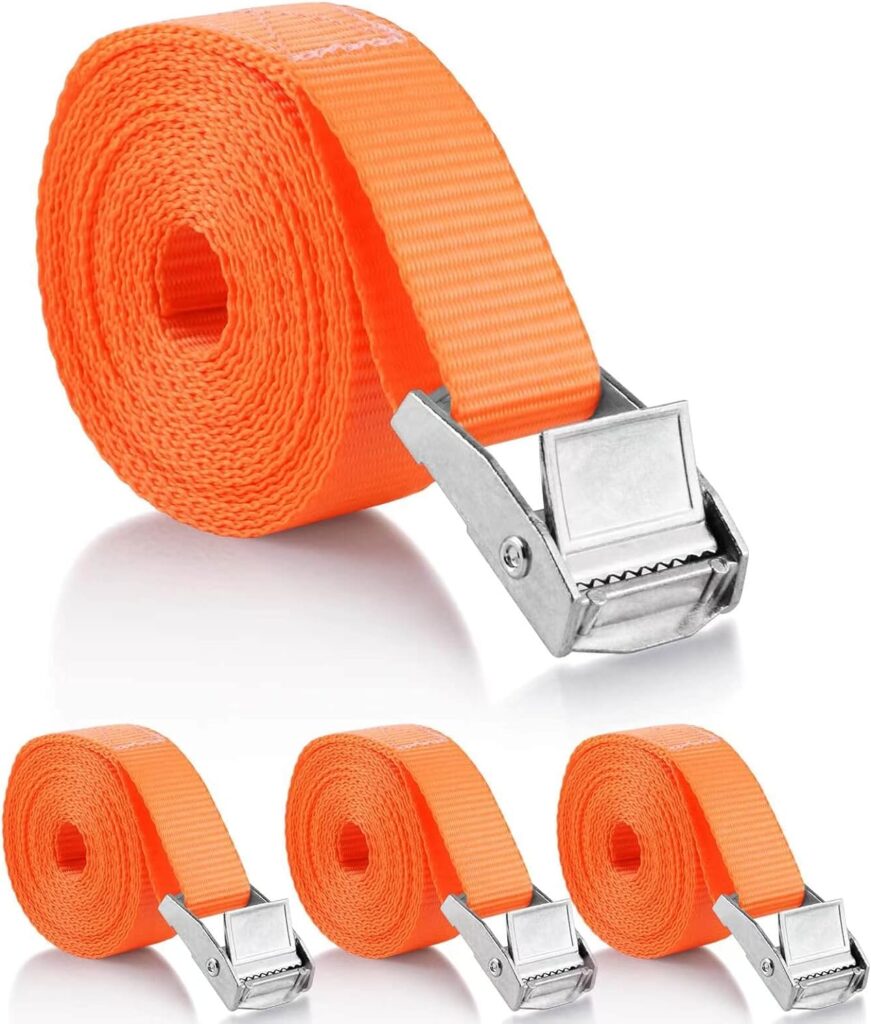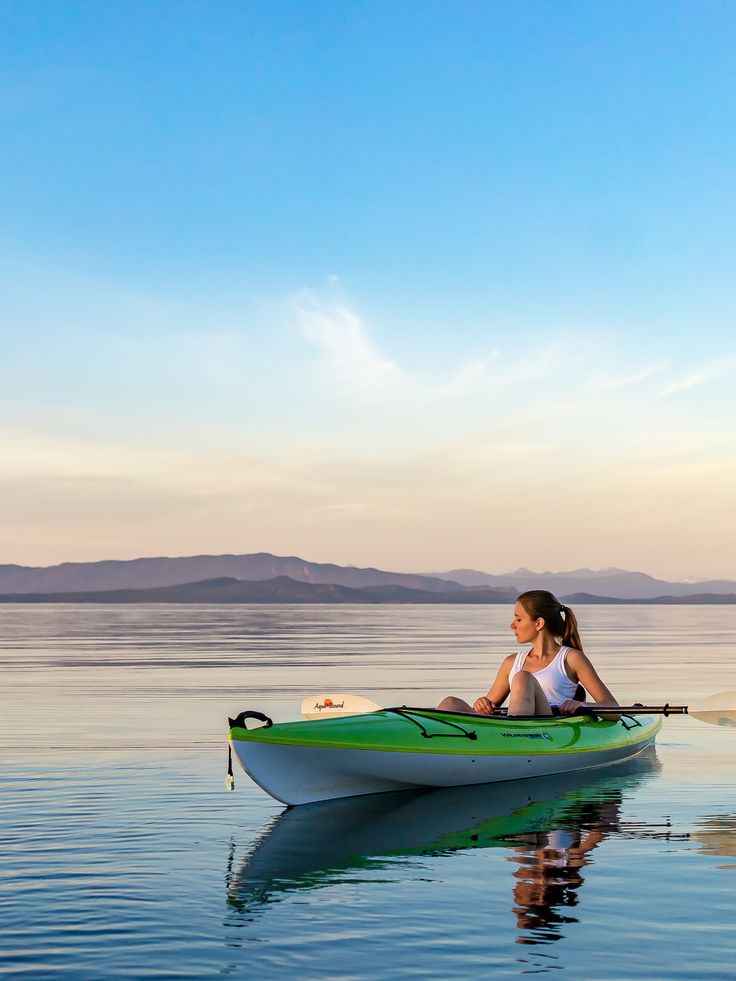Are Kayak Roof Racks Really Necessary?
When it comes to kayak transport, a common question I encounter is whether specialized roof racks are essential. I’d like to shed some light on the importance of secure transport and the challenges you might face if you forego a traditional roof rack.
You know, I’ve had loads of folks come up to me with puzzled looks about hauling their kayaks. “Do I really need one of those fancy roof racks?” they ask.
So, what stops us from achieving a kayak rack? Is it the wallet giving us a stern “no”? Perhaps your vehicle lacks those handy rack mounting points, or maybe you’re hunting for a solution for a car without rails.
Or let’s be real—maybe you just don’t fancy shelling out for one.
So sits the million-dollar question: How to transport a kayak without a roof rack? It’s a head-scratcher, but don’t you worry—I’ve got an answer up my sleeve.

Why You Gotta Transport Your Kayak the Right Way?
Ensuring your kayak is transported safely is crucial to prevent damage to your vehicle or your kayak and for the safety of others on the road. Without a proper setup, you run the risk of your kayak becoming a hazard if it were to come loose. My experience has shown me that roof racks are designed to make transporting a kayak simple and secure, with features that tailor to the kayak’s shape and size.
Challenges of Transporting a Kayak Without a Roof Rack
While roof racks are not strictly necessary, transporting a kayak without one can be fraught with challenges:
-
Stability and Security: A roof rack is engineered to hold a kayak in place during transit. Without one, it’s challenging to achieve the same level of stability and security for your kayak, as improvised solutions may not hold the kayak as tightly or uniformly.
-
Potential for Damage: Without the appropriate padding and secure fitting that a roof rack provides, there’s a higher chance that either your car or your kayak could get scratched or dented during the journey.
-
Difficulty in Loading: I’ve found that roof racks often come with systems to help lift and load the kayak onto your vehicle. Without these, you’d have to lift the kayak manually, which can be cumbersome and may require multiple people.
-
Legality and Liability: You are responsible for securely transporting large items. In the event of an accident caused by an improperly secured kayak, you could be held liable.
Choosing to transport a kayak without a traditional roof rack involves strategic planning and consideration of the risks involved. While other methods can work, investing in a roof rack or at least a temporary transport solution such as foam blocks or a soft pad system may save you from potential issues down the road. Remember, safe transport is essential for the well-being of you, your kayak, and those sharing the road with you.
DIY Solutions for Kayak Transportation without Roof Racks
When a traditional roof rack isn’t an option, you need not abandon your paddling plans. I’ll walk you through how to utilize simple materials like foam blocks and pool noodles and even craft your own DIY rack for a secure kayak transport.
Using Foam Blocks and Pool Noodles


Foam blocks offer an effective makeshift roofing system for your kayak. Designed specifically for kayak transport, foam blocks are durable and can be placed on your car’s roof, creating a stable cushion for your vessel. Here’s a straightforward way to use them:
- Place two foam blocks evenly across the width of your car roof.
- Set your kayak on top of the blocks hull side down.
- Secure the kayak using straps that run through your car doors or windows and around the kayak’s body to prevent any movement during transit.
For a budget-friendly twist, pool noodles can serve a similar purpose to foam blocks. They are not designed for kayak transportation, but with careful use, they can be a good temporary solution:
- Slice pool noodles lengthwise if necessary and place them parallel on your vehicle’s roof.
- Position the kayak on top and ensure the noodles conform to its shape.
- Use tie-down straps to secure the kayak by running them through the car doors and around the kayak, just as with foam blocks.
Creating a DIY Kayak Rack
If you’re more of a hands-on person and enjoy a good weekend project, building a DIY kayak rack might be right up your alley. This generally requires more effort and materials but can be a rewarding custom solution. Here’s a basic overview to start:
-
PVC Pipe Rack: With some PVC pipes, joints, and glue, you can construct a framework akin to a store-bought rack system. Ensure it’s stable, properly fitted to your car, and utilizes foam padding to protect both your car and the kayak’s hull.
-
DIY Roof Rack: If permanent modifications are not a concern, you can build a more robust and permanent rack using metal or wood. Secure the structure to your vehicle’s roof with hardware appropriate for your car’s model. Just remember to shield any contact points to prevent scratches.
-
Inflatable Roof Rack: While not a traditional DIY project, an inflatable roof rack serves as a practical alternative. It’s a simple set-up that involves inflating two heavy-duty cushions, placing them on the roof, and securing your kayak on top with dedicated straps.
By following these DIY methods, I’ve managed to get my kayak to the water safely numerous times, without the need for expensive or permanent hardware. Experimenting with these options can lead to a solution that works seamlessly for your specific situation.
Securing the Kayak to the Vehicle
Before you hit the road with your kayak, ensuring it’s securely attached to your vehicle is crucial. I’ll walk you through strap options and tie-down techniques to keep your kayak safe during transport.
Strap Options
When it comes to securing a kayak without a roof rack, I have two main strap options: ratchet straps and cam straps.


-
Ratchet straps are great for creating a tight fit due to their ratcheting mechanism. They consist of a long piece of fabric with a hook on one end and a racheting mechanism on the other. To use them:
- Loop the non-ratcheting end over the kayak and under the roof of your car.
- Attach the hook to a secure point.
- Pull the strap tight and then pump the ratchet to tighten.
Ensure you don’t over-tighten, as this could damage your kayak.
Cam straps are similar but use a camming device to secure the strap in place and are typically easier to use. They’re less likely to over-tighten and damage your kayak. To use cam straps:
- Thread the strap over your kayak and under your car’s roof,
- Loop it back up to meet the cam buckle.
- Pull the strap through the cam until it’s snug.
Rope can also be used if you’re experienced with knot-tying. Bow and stern lines will be essential for stability, and a trucker’s hitch is an effective knot for securing large loads.
Tie-Down Techniques for Safety
To properly secure a kayak, it’s not just about the straps or ropes; it’s about the technique. Here’s how I ensure a balance of firmness and safety:
- Position the kayak on top of your vehicle and line the straps or ropes around the kayak’s hull.
- Make sure the straps or ropes pass through the vehicle’s doors or windows, not the jambs.
- With ratchet straps or cam straps, start at the center and work your way to the ends, securing the kayak at multiple points.
- Add bow and stern lines for additional security. Here’s how:
- Attach one end of a rope to the kayak’s bow or stern handle.
- Lead the other end to a secure point on your vehicle’s bumper or towing hook.
- Pull the rope tight with a secure knot like the bowline or trucker’s hitch.
Always double-check that your kayak does not shift and that the movement is minimal before driving. Remember, bow and stern tie-downs are vital for long-distance or highway travel as they prevent the kayak from shifting fore and aft.
Through these techniques, I can transport my kayak safely, ensuring no damage to the kayak or vehicle, even at highway speeds or on winding roads. Keeping these methods in mind will lead to stress-free adventures with your kayak securely in tow.
Alternative Kayak Transportation Methods
When it comes to getting kayaks to and from the water, creativity and safety are key, especially if a roof rack isn’t an option. Let’s discuss a couple of ways I’ve had success transporting my own kayak using different vehicle types and without the need for standard racks.

Using Trailers for Kayak Transport
A kayak trailer is a secure and convenient option to transport your kayak. In my experience, the kayak trailer’s stability on the road is impressive, and they often come with additional storage space for gear. Here’s how to use a trailer effectively:
- Selection: Opt for a dedicated kayak trailer if you frequently hit the water. Brands like Malone and Yakima offer trailers designed for kayaks of varying sizes.
- Hitch Connection: Ensure your vehicle has the right hitch receiver. I’ve found that most trailers work with a standard Class I or II hitch.
- Loading the Kayak: Secure the kayak onto the trailer using cam straps or ratchet straps. It’s vital to avoid over-tightening and potentially damaging the hull.
- Benefits: The biggest advantages are the trailer’s lower height, which makes loading and unloading much easier on the back, and the ability to carry multiple kayaks.
Transport Options for Different Vehicles
Not everyone has a pickup truck that can easily carry a kayak in the bed, but other vehicle types can also do the job. I’ll break down what works for various vehicles:
- SUVs and Hatchbacks: These vehicles, even without a roof rack, can transport a kayak using foam blocks or pool noodles positioned on the roof. Just place the kayak on top and use straps passed through the interior – avoid the potential of damaging the car’s body with direct tie-downs.
- Pro Tip: Ensure the foam blocks or noodles are spaced wide enough to provide sturdy support.
- Sedans: Lighter kayaks can be transported inside the vehicle if the back seats fold down, allowing for part of the kayak to protrude through the space into the passenger area. Always use padding to protect both the kayak and the car interior.
- Pickup Trucks: Arguably the easiest method is using a pickup with a bed extender. It offers direct loading without any lifting overhead, and you can secure the kayak with ratchet straps.
- Pro Tip: If the kayak extends significantly beyond the truck bed, attach a visible flag to the end for safety.
- Bike: For the die-hard cyclist, a bike kayak trailer can be a feasible solution. I’ve seen individuals cycle to their paddling destinations with their kayak in tow.
Throughout my adventures, I’ve seen these methods work in real life, and I’ve applied some of them myself. Safety, practicality, and compliance with local traffic laws are paramount, no matter which method you choose.

Best Practices for Kayak Transport
Whether you’re heading to serene waters or braving the rapids, transporting your kayak safely is vital. We often face the conundrum of moving these hefty boats without the aid of a roof rack. I’ve got some insights that have worked well for me, and they could help you too.
Firstly, weight matters. Most fishing kayaks are hefty—some tip the scales over 100 pounds. To protect my back, I involve a friend when hoisting it aloft. Even lightweight or inflatable kayaks deserve caution; they’re unwieldy, which can induce strain.
Without a dedicated kayak rack, pool noodles emerge as my go-to. Here’s how to use them effectively:
- Arrange the pool noodles across the roof, spaced out evenly.
- Secure them using ratchet straps attached to the car’s side rails or door jams if side rails aren’t present.
- Place the kayak on the cushioned noodles gently.
- Fasten the kayak using additional straps, ensuring it doesn’t slide forward or backward.
If you’re carrying two kayaks, stack them side by side and double-check that your knot-tying skills are impeccable. The last thing you want is a kayak slipping off at highway speeds.
For those with a bit of extra budget, consider kayak carriers or J-cradles. These cradles clasp the kayak on its side, using less space. You’ll find them handy, especially if you’re toting multiple kayaks or dealing with an exceptionally wide one.
Remember to tie down both the bow and stern. This keeps the kayak stable, especially during highway driving or in windy conditions. I always double-check that my transport setup doesn’t obscure my car’s lights or license plate, staying on the right side of the law.
Keeping your kayak secure during transit isn’t just about avoiding scratches; it’s about safety—for everyone on the road. So, heed these tips, and your kayak will arrive safe and ready for adventure.
Want to know the do’s and don’ts of kayaking in the winter, come read our previous article put!
Kayak in the Winter: Essential Gear and Safety Tips [Complete Guide 2024]
What to Wear Kayaking in Cold Weather: Practical Tips [Updating 2024]
How to Keep Feet Warm When Kayaking ?[2024]
Frequently Asked Questions
When it comes to transporting kayaks without a roof rack, I often get asked a variety of questions. I’ll tackle some of the most common concerns to help get you moving on the water with ease.
Q:What are some safe methods for transporting a kayak without a roof rack?
A:One safe method involves using foam blocks or pool noodles place on the car roof as a temporary cushion, with the kayak then secured by straps through the car doors or windows. Another option is utilizing a trailer specifically designed for hauling kayaks.
Q:Can I transport two kayaks on my car without a roof rack, and if so, how?
A:Yes, it’s possible to transport two kayaks without a roof rack. You can place them side by side on a pair of foam blocks and secure them with straps. Make sure to evenly distribute the weight and check that they’re not obstructing your view.
Q:What alternatives are there to a kayak rack for a car that lacks rails?
A:For cars without rails, inflatable racks or temporary pad systems offer a quick solution. These systems typically include straps that run through the interior of the car to provide a secure fit.
Q:Are there techniques to secure a kayak to a car by myself?
A:Yes, by using the step-by-step method. First, place the kayak at the rear of the vehicle. Then, lift the front part onto the foam blocks, move to the rear of the kayak, and lift it onto the car, sliding it into place. Secure with straps using the car doors as anchor points.
Q:What’s the best way to haul a kayak in a truck without a bed rack?
A:The simplest way to transport a kayak in a truck bed is to place it directly into the bed of the truck with the tailgate open, supporting the end of the kayak with padded supports. Secure the kayak to the truck using cam straps to prevent movement during transit.


Useful!!